Access to Safe Menstrual Hygiene is a problem in India.

There are 355 million menstruating girls and women in India.
Only 45% have access to safe menstrual hygiene.

That's 195 million girls and women who don't have access to safe menstrual hygiene who end up using:
•unsterilized cloth, old fabric and rags
•sand, ash and wood shavings
• newspapers
• dried leaves and hay
• plastic

The problem is much worse in rural and remote parts of the country.
On average, only 63.4% of women in rural parts of the country use a safe and hygienic method of menstrual protection compared to 80.5% in urban areas.

From 2010 to 2014, the Government of India launched many initiatives at the policy and program level to tackle this problem.
• 2010: Ministry of Health and Family Welfare launched the Freeday Pad Scheme, a program to provide sanitary pads at subsidized prices to rural girls across India.
• 2011: SABLA Scheme launched by the union government across districts in the country aimed at improving health conditions for adolescent girls with menstrual hygiene as an important component.
• 2014: Swachh Bharat Abhiyan (rural) launched by union government included funds allocated for information, education and communication for improving awareness on menstrual hygiene in villages and encourage local sanitary napkin manufacturing units.

So why does access to safe menstrual hygiene still plague millions of girls and women in India?
Let's take a closer look.

Meet Fatima!
Fatima hails from a remote border village in Kargil (Ladakh), India and is an ambitious 13-year-old who who aspires to be a doctor one day and loves to play football with her friends in school.
Normally Fatima loves going to school, but suddenly one day she stopped attending her classes and never went back to school again.
What happened?
Fatima got her first period (menarche) and felt shame, fear and horror. But she's not alone.
71% of girls in India are unaware of the concept of menstruation until they reach menarche.
Fatima approached her mother for help. Mothers are usually the first source of information to learn about menstruation.
54% of girls state they approach their mother for advice. However, 71% of mothers consider menstruation as "dirty" or "impure".
If mothers are ill-equipped to provide the right information the cycle of such taboos continue to get passed on from one generation to the next.
Fatima was determined to go to school. She he got some old cloth from her mother and left home. But when she was at school that day she did not feel comfortable, nor did she have anywhere to go to where she could get some privacy.
This is because her school is one of the many schools in India with no access to toilet facilities, which is the reason Fatima drops out of school.
25% of schools across India do not have any toilet facilities.
As a result, 23% of adolescent girls drop out of school due to lack of proper toilet facilities, thus impeding the growth of female literacy in India.
Impact on Education & Economic Growth
There is a strong correlation between access to safe menstrual hygiene and education for girls and women in India.
States with a higher percentage of women and girls with access to menstrual hygiene also have a higher rate of literacy among women and girls.

India's economy has the potential to add
$100 billion
to its GDP if women and girls stay in school.

As she has done all her life, Fatima's mother takes Fatima out to the fields, 2 miles away from home, to show her a place where they can get some privacy.
63 million adolescent girls live in homes without toilet facilities in rural parts of the country.
Given the dismal state of sanitation infrastructure, 66% of women and girls are forced to manage their menstrual hygiene in the open, which raises several health and safety concerns.

Impact on Women's Health
Incidence of Reproductive Tract Infections if 70% higher for women in India who use unsterilised cloth or other unhygienic conditions of protection during menstruation.
India is home to 27% of the world's cervical cancer deaths occur in India, an incidence rate almost twice the global average.

Impact on the Environment
An unfortunate limitation of some efforts by the government is the focus on the provision of low-cost sanitary napkins/pads. Commercially produced sanitary pads contain 90% plastic and are non-biodegradable.
Besides this, due to the social taboos around menstruation and the lack of proper education around appropriate disposal practices, many girls and women dispose menstrual waste by:
All methods of disposal pose a different type of risk to the environment.
If cotton cloth is used hygienically, it is an acceptable sanitary material as declared by international agencies such as UNICEF.
Thus, a focus on distribution and long-term access to biodegradable sanitary cloth pads is the need of the hour.
COVID-19 has made the problem worse.
When India entered a nationwide lockdown on March 24, 2020, menstrual hygiene products did not make it to the list of ‘essentials’ to be exempted from the restrictions. After a week the products finally got included in the list of essentials.
Limited production and irregular supply have affected availability of menstrual hygiene products across the country, and remote areas, which are already disadvantaged in access to safe menstrual hygiene, have been worst hit.

There is still a lot of work to be done to help girls like Fatima access safe menstrual hygiene.
The good news is YOU have the power to make a change.
Right now.
Help Young Girls in Kargil Access Safe Menstrual Hygiene
A collective of NGOs and individuals in Kargil, a remote border district in Ladakh, India is conducting an initiative right now to help girls in the villages access safe menstrual hygiene during these challenging times.
Due to the pandemic, families are not financially stable, and girls typically hesitate in asking for buying sanitary napkins. This automatically deprioritized the purchase of sanitary napkins, and girls became more vulnerable to poor hygiene and infections.
Rural healthcare is understaffed and under-equipped, and minor infections that remain untreated potentially lead to life-long conditions or life-threatening diseases.
What is being done by this initiative?
1600 adolescent girls in 40 villages across Kargil have been identified and workshops on Menstrual Health Awareness are being conducted with the help of gynaecologists and trained women volunteers, to provide reusable cloth-based sanitary napkins to all the girls.
With a focus on community engagement, this initiative aims to also remove some of the social taboos and malpractices around menstrual hygiene management through education so that schools and households recognise the need for building infrastructure around menstrual hygiene management such as construction of toilets and systematic disposal mechanisms.
Cloth pads are being distributed to women and girls sourced from NGOs like Anokhi Care (based in Madhya Pradesh, India and working towards education on menstrual hygiene) and some Kargil-based self-help groups, thereby generating local employment as well.
Trucup, an innovative menstrual product company that works towards creating awareness about sustainable menstrual hygiene practices in low income communities has partnered with this initiative to create the awareness workshop module.
An initiative by
WAVE (We Are Volunteers for Education)
KASCO (Kargil Social & Cultural Organisation)
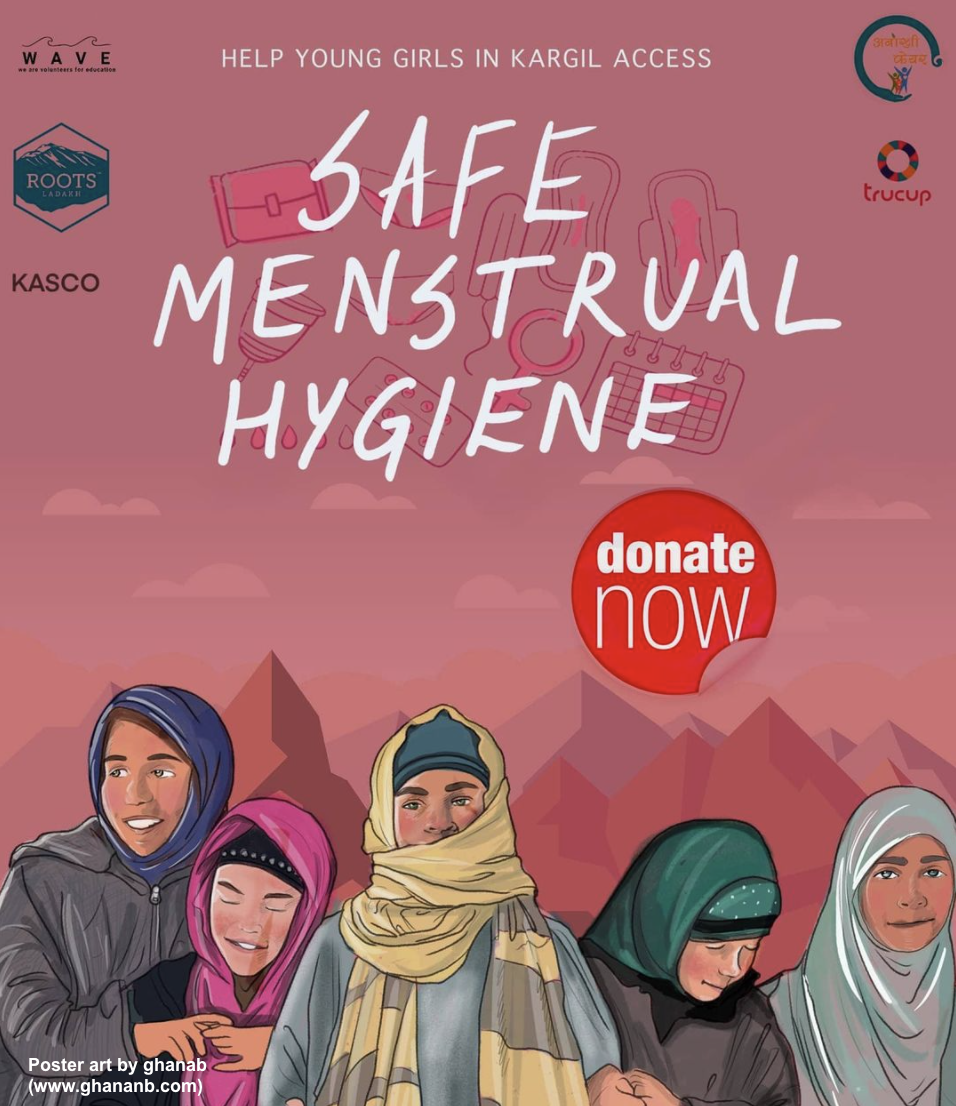
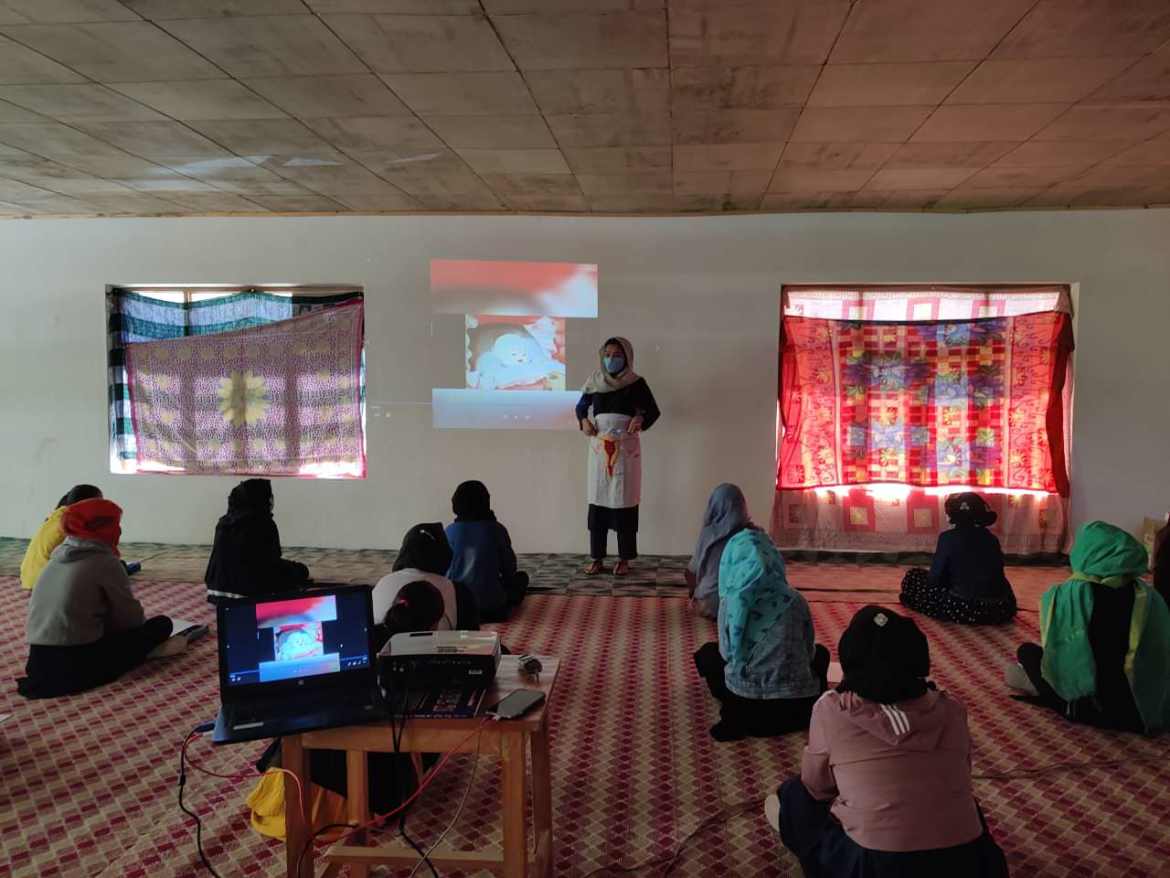
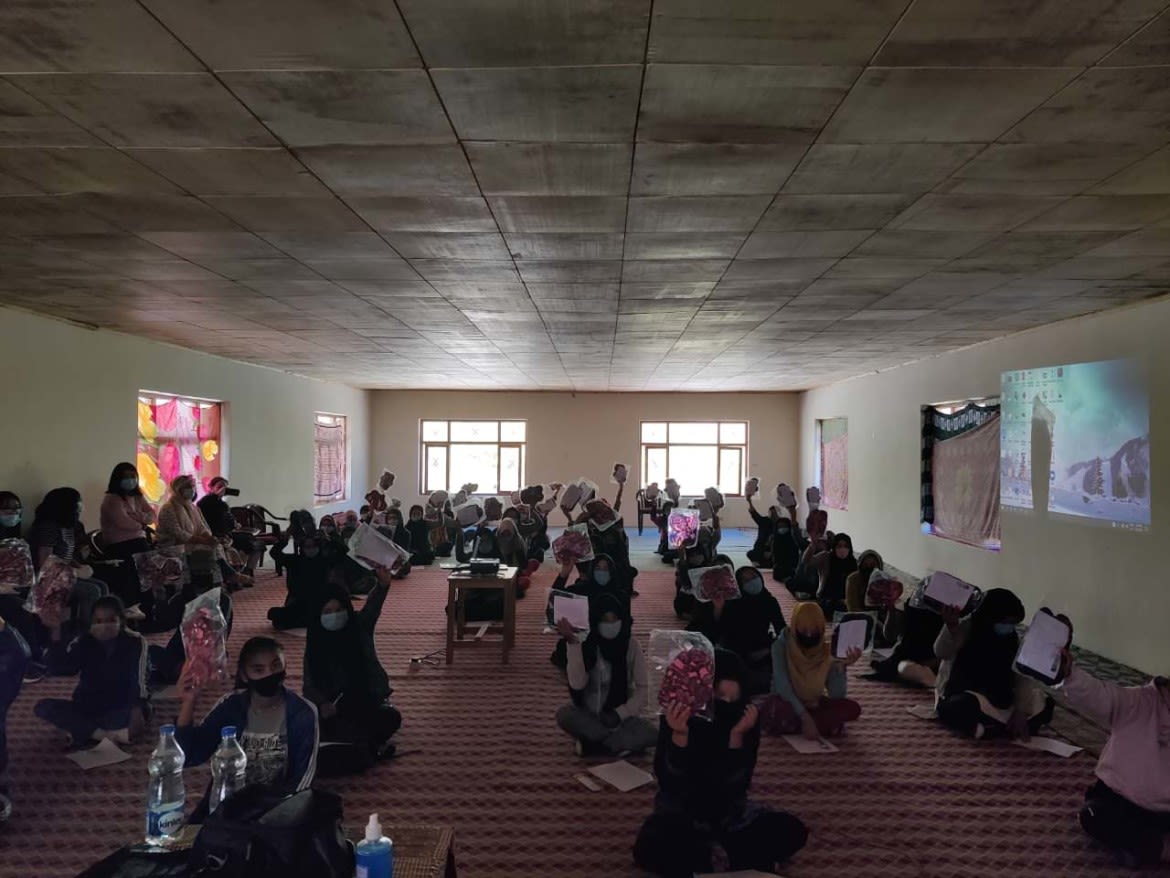
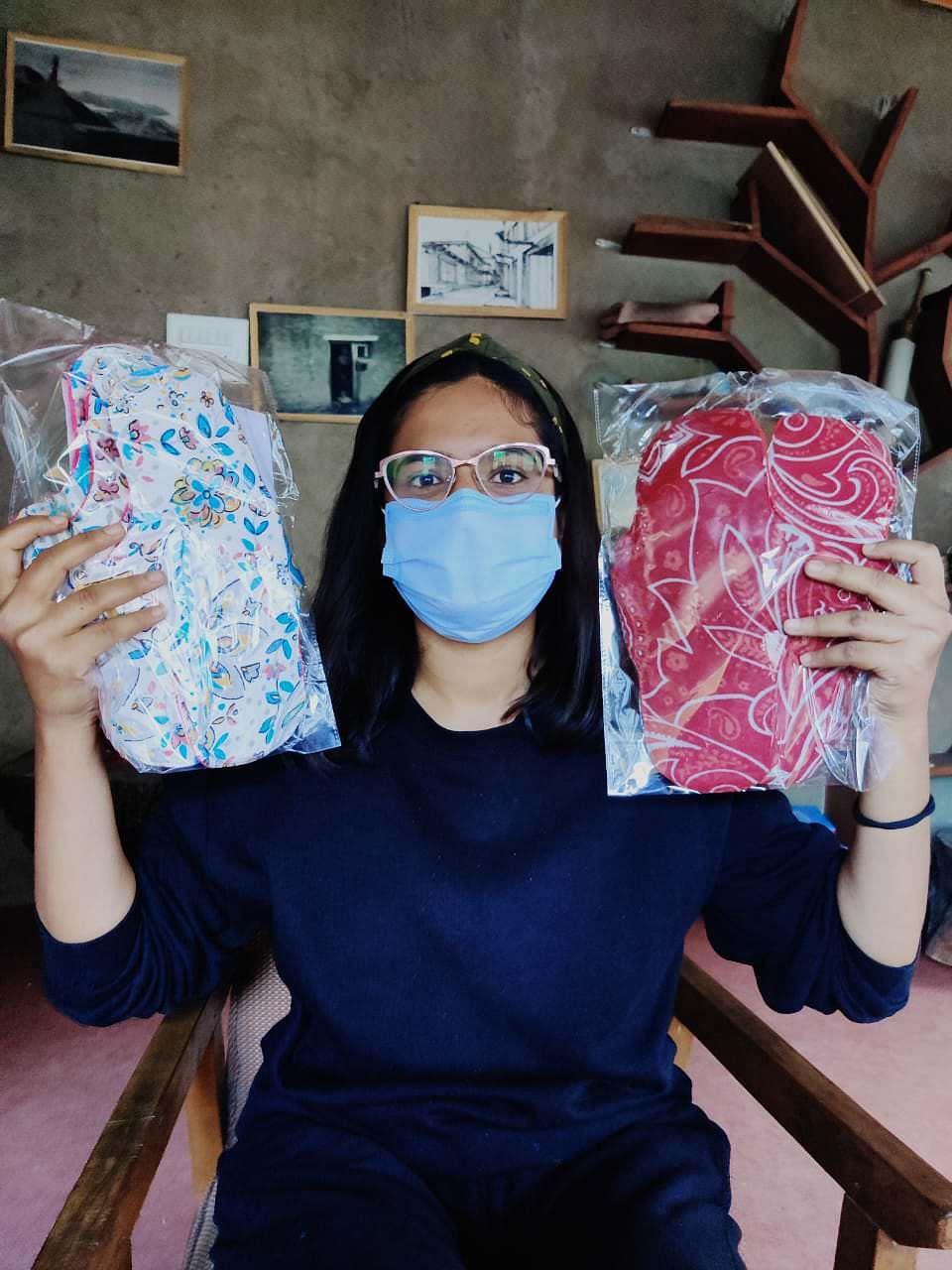
Further Resources
Read this comprehensive guide by UNICEF to menstrual health and hygiene (which includes a section on menstrual health for girls and women in vulnerable situations).
If you work with women and girls, learn about how you can address human rights in menstrual hygiene as a part of your programming.
Check out Goonj’s Not Just A Piece Of Cloth campaign to see how you can do your bit.
Check out Ecofemme, Auroville to see the work of one of the many companies producing reusable cloth pads.
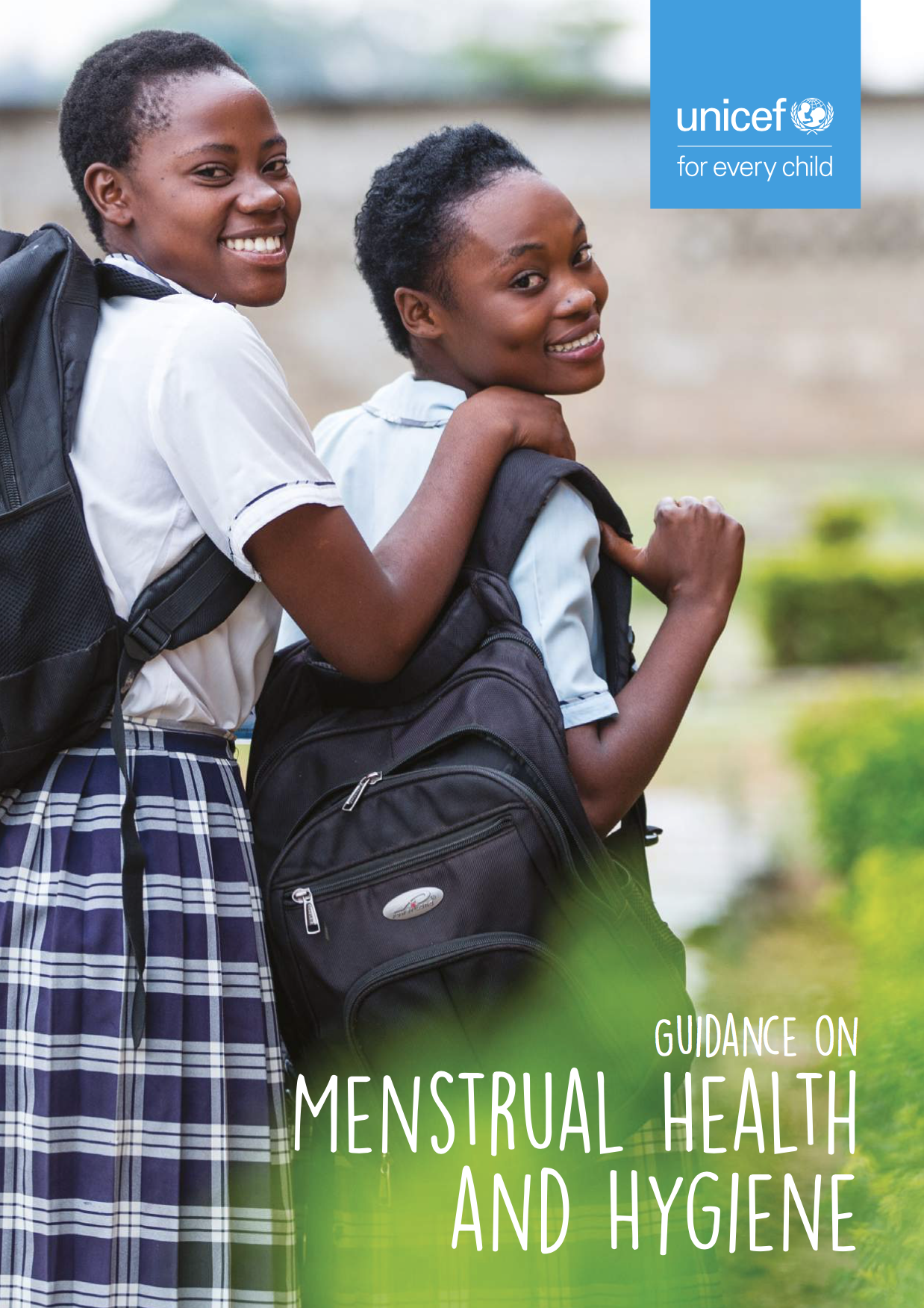
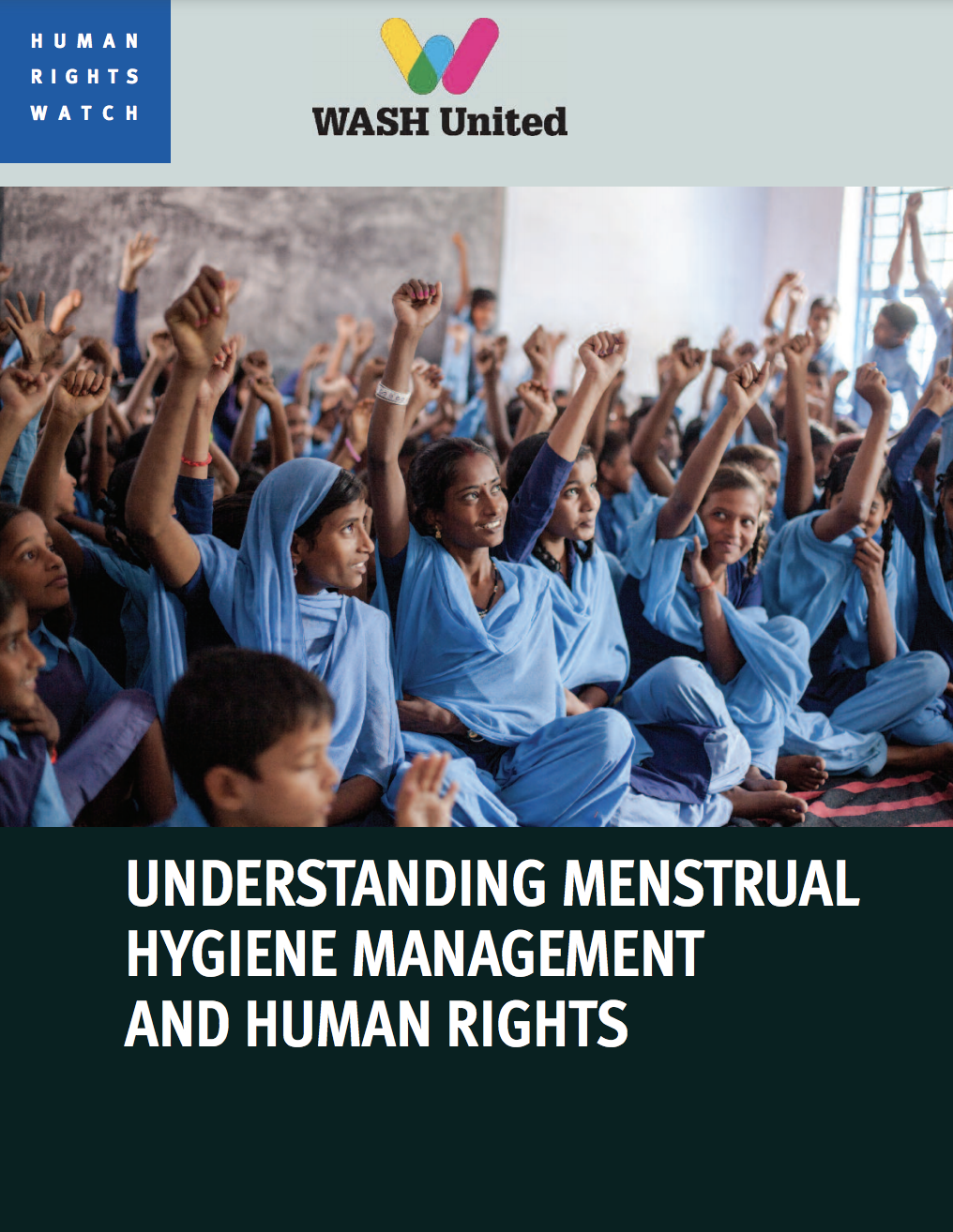
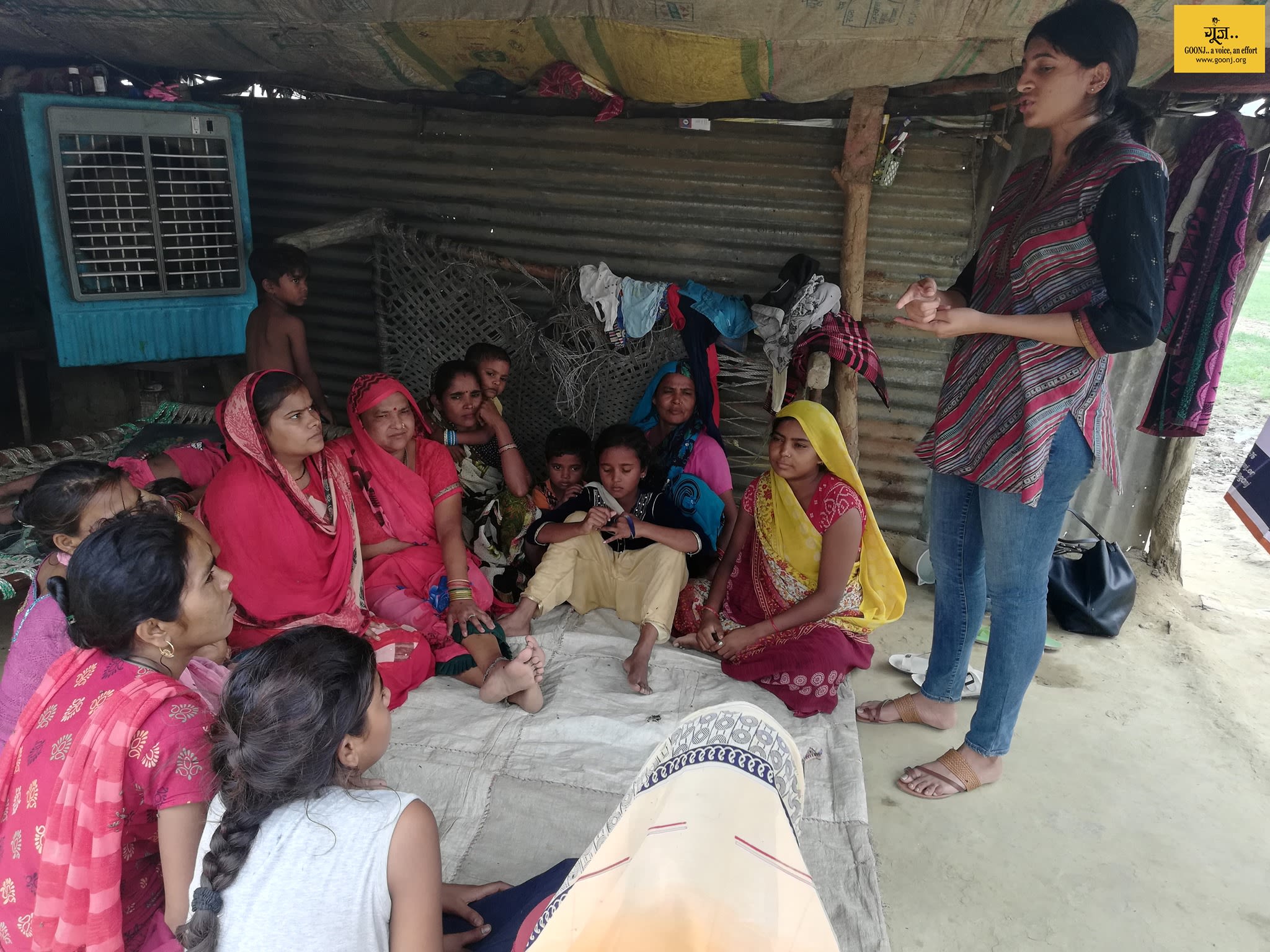
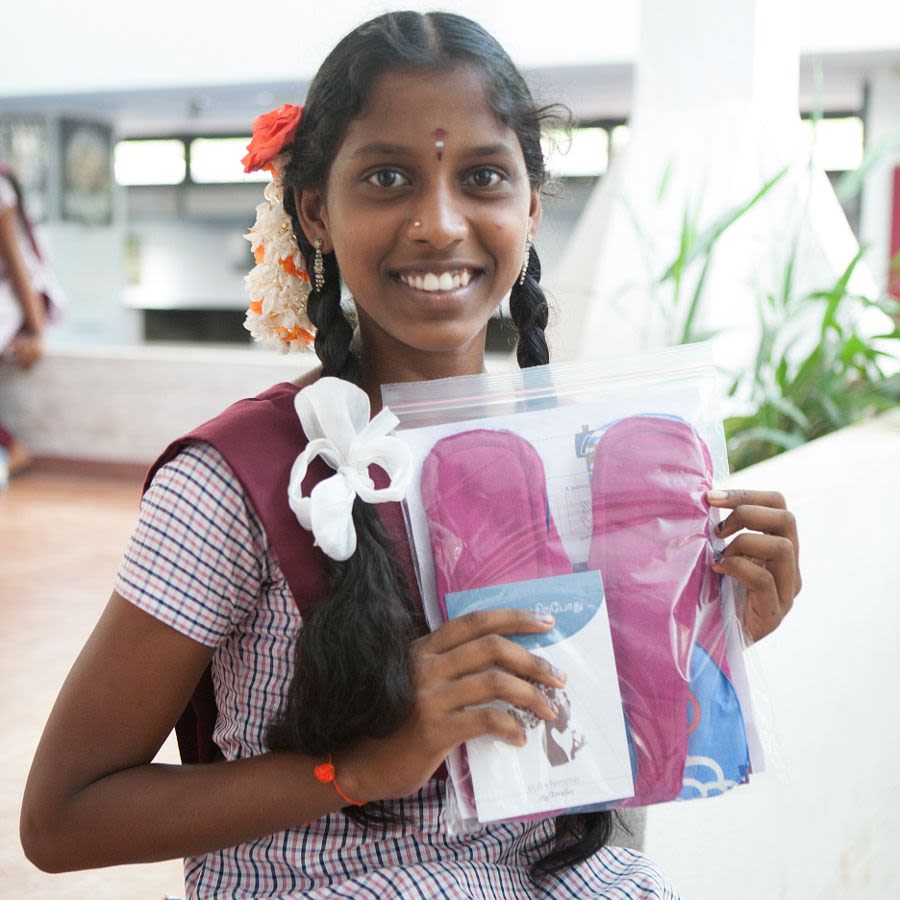
Sources
Articles:
• "Need for State-Level Efforts to Address the Sorry ... - The Wire." 31 Aug. 2017, https://thewire.in/gender/need-state-level-efforts-address-sorry-state-menstrual-hygiene-india.
• "National Family Health Survey: 62% young women in country ...." 23 Jan. 2018, https://timesofindia.indiatimes.com/city/dehradun/62-young-women-in-country-using-cloth-for-menstrual-protection-says-nfhs-report/articleshow/62608932.cms.
• "Mapping the knowledge and understanding of ... - PubMed." 1 Mar. 2017, https://pubmed.ncbi.nlm.nih.gov/28249610/.
• "India Moves Towards Menstrual Hygiene: Subsidized Sanitary ...." 20 Apr. 2011, https://link.springer.com/article/10.1007%2Fs10995-011-0798-5.
• "Menstrual health: Awareness is not enough | India ...." 21 Feb. 2020, https://idronline.org/menstrual-health-awareness-is-not-enough/.
• "Shame, Taboo Resulting In Unhygienic Menstrual Practices ...." 19 Jun. 2017, https://archive.indiaspend.com/cover-story/shame-taboo-resulting-in-unhygienic-menstrual-practices-across-much-of-india-13221.
• "1. Normalising menstruation-HalfFold (003).pdf - Google Drive." https://drive.google.com/file/d/0B8LZQyAjGHV2bkplT0ZFLTlGdWs/view.
• "From Riches to Rags: The Evolution of Menstrual Taboos in ...." 29 Mar. 2019, https://theswaddle.com/from-riches-to-rags-the-evolution-of-menstrual-taboos-in-india/.
• "Managing menstrual waste in India - Down To Earth." 25 Feb. 2019, https://www.downtoearth.org.in/infographics/managing-menstrual-waste-in-india-63356.
Data:
• The National Family Health Survey (NFHS)-4, 2015-16
• Dasra (2014). Spot on! Report
• van Eijk et al (2016). Menstrual hygiene management among adolescent girls in India: a systematic review and Meta-Analysis
• A.C. Nielsen and Plan India (2010). Sanitation protection: Every Women's Health Right
Images:
• freepik.com
• slidesgo.com
• WAVE (We Are Volunteers for Education)
• Roots Ladakh
• Ecofemme
•UNICEF
• Goonj
• Human Rights Watch and WASH United

